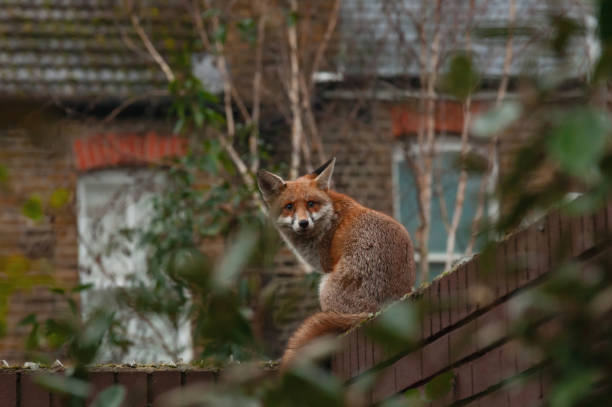"Unmasking the Secret Life of Urban Foxes: A Tale of Adaptation and Survival"
In the heart of bustling cities, an unexpected guest has quietly made a home. Urban foxes, once solely woodland creatures, have adapted to life amidst concrete jungles. This article dives into the intriguing story of these adaptable survivors, their unique behaviors, and the implications of their urban existence.

The Dawn of Urban Foxes: From Forest to Metropolis
The tale of urban foxes begins in the early 20th century. As cities expanded, these cunning creatures found their habitats increasingly encroached upon. However, instead of retreating, foxes adapted. They learned to navigate the concrete landscapes, traffic, and human activity, carving out a new niche for themselves.
Urban Foxes Today: Adapting to City Life
In the present day, urban foxes are a common sight in cities worldwide. They’ve developed unique survival strategies, such as foraging in trash bins and gardens. The foxes’ diet has diversified, now including leftovers, fruits, and small city-dwelling creatures. Their nocturnal lifestyle also aids in their survival, allowing them to operate largely undetected.
The Fox Economy: Implications and Impact
The emergence of urban foxes has had varied impacts. On a positive note, they help control pests like rats and pigeons. However, they’re often perceived as nuisances, blamed for trash disturbance and garden damage. There’s no available price tag on the impact of urban foxes, but their presence undoubtedly alters city ecosystems.
Scientific Insight: What Research Tells Us
Studies have shown urban foxes are more flexible and innovative compared to their rural counterparts. They’ve mastered the art of city living, displaying a remarkable ability to learn and adapt. This adaptability has sparked interest among scientists studying animal behavior and evolution.
Urban Foxes and Humans: Coexistence or Conflict?
Opinions on urban foxes are polarized. Some see them as an exciting symbol of wildlife resilience, while others view them as pests. As urbanization continues, the interaction between humans and urban foxes will likely intensify. The challenge lies in finding a balance that respects both human needs and the survival of these fascinating creatures.
In conclusion, the story of urban foxes is a testament to nature’s adaptability in the face of changing landscapes. As we delve deeper into their world, we gain not only insights into their survival strategies but also a broader understanding of urban ecology. It’s a compelling narrative of resilience, adaptation, and survival—a narrative that continues to unfold in our very own backyards.





